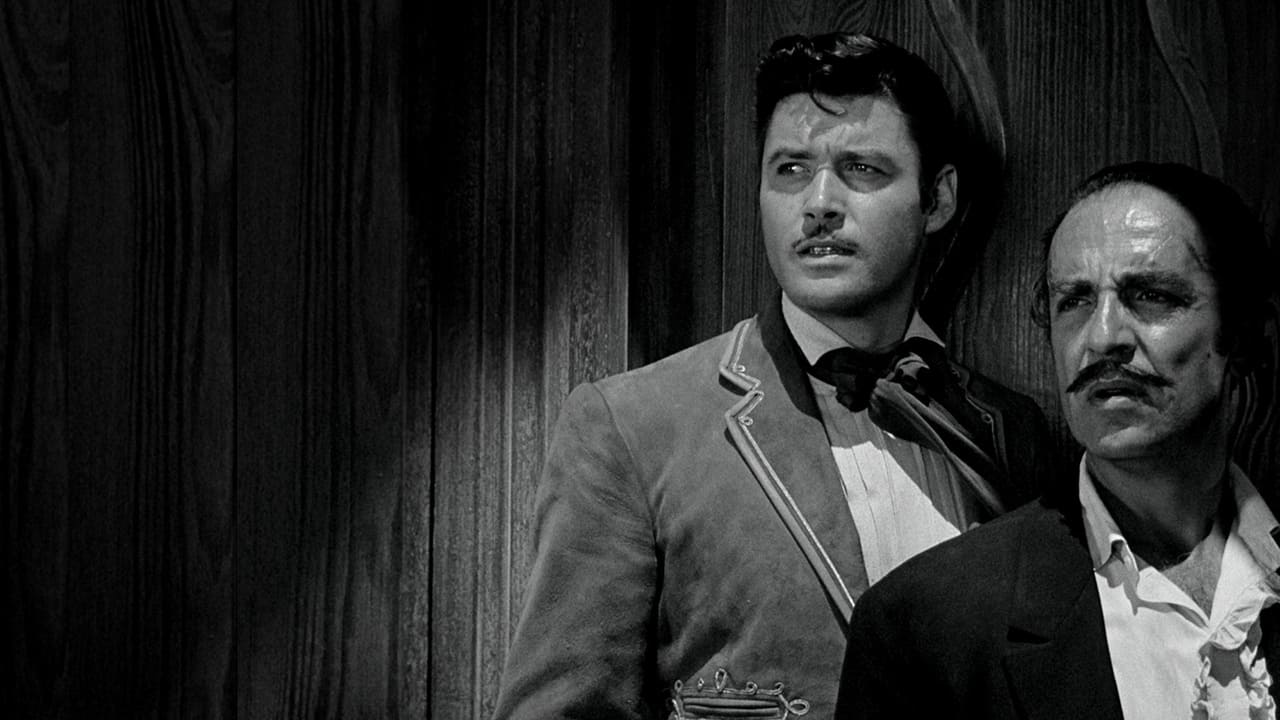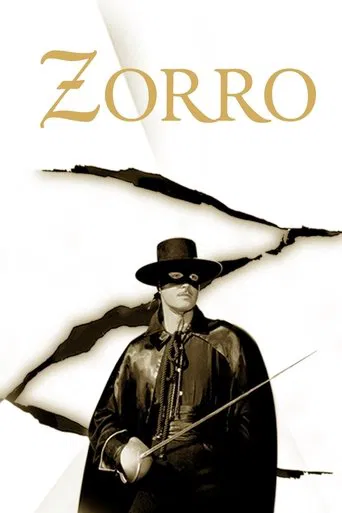

Zorro: The fox so cunning and free! went the theme song. What a theme tune it was.This was a Saturday morning staple when I was a kid. It was in black and white but we did not care, it could be silly, the bad guys were inept, Zorro was as see through as Batman but this Mexican version of Robin Hood was great fun.Zorro is a great swordsman who fights for justice, stands up for the poor. His alter ego, the rich kid, Diego masquerades as 'the most inept swordsman in all of California.' who is jealous of Zorro. Of course, we the audience are in on the joke.
... View MoreI consider this show one of the best shows I've seen in television.Guy Williams is the best Diego\Zorro ever and all the cast is wonderful ( Gene Sheldon, Henry Calvin, George L. Lewis, Britt Lommond, Jolene Brand).One thing that upsets me is when people compare this Zorro to Antonio Banderas' Zorro. It's completely different. Guy Williams is playing Don Diego de la Vega and Antonio Banderas is playing Alejandro Murrieta. Two different characters. This series are very well written and the swordplay is fantastic. They used real swords because Walt Disney wanted realism into the scenes. After episode 52 - "Amnesty for Zorro" the series go into a different format. I enjoyed the stories ( specially the one with Diego's uncle, Estevan ( played by Cesar Romero). This is what I think. They should've done another 13 story arc- in which Monastario (Britt Lommond) returned and Ana Maria (Jolene Brand) discovered Zorro's identity.Zorro is one of my favorite shows ever! All in all , this is great and even today is fantastic. A show for all ages!
... View MoreWhen i was younger my idol was Zorro with Guy Williams ( to me he is the real Zorro)I ordered the whole series on DVD from France. I was very happy. But when i put the DVD in my machine it could not read the DVD because in France it is another zone.I emailed my request to Walt Disney studios and they replied that they would send my request to the marketing dept. What does this mean ( maybe not much) I do not understand that if France could release the whole series on DVD and in colour. Why cannot the U.S. or Canada do the same. I saw at the store a film with Eroll Flyn (Robin Hood) from 1938 which is remastered and apparently very good. Zorro dates from 1957 so were is the problem. I'm sure i am not the only Zorro fan. I would like to have concrete results not just comments Thanks for reading me, Gilles Dugré, St-Eustache, QuebecTO ALL ZORRO FANS LIKE I AMPLEASE SEND A EMAIL To: [email protected] THEM THAT YOU WOULD LIKE WALT Disney STUDIOS TO RELEASE THE WHOLE SERIES (in colour) ON DVD ASAP for ALL THE ZORRO FANS (THE SERIES WITH GUY WILLIAMS). MORE PEOPLE WHO SEND EMAILS, THE MORE CHANCES WE WILL HAVE OF Seeing THIS AVAILABLE FOR PURCHASE THANKS Gilles Dugré
... View MoreIt is 1820 and a ship approaches the coast of Spanish California with young Don Diego de la Vega returning to his father's hacienda in the pueblo of Los Angeles. Recalled home after 3 years at University in Spain, Diego learns from the Capitan that the trouble his father hinted at in his letters is due to the political oppression of the new Commandante, Capitan Monastario. Realizing that he cannot hope to fight the soldiers as himself, Diego decides that "if one cannot wear the skin of the lion, put on that of the fox." By day he will appear to be a lazy, bookish, pacifist dandy. By night he will don the black clothes, a cape, and a mask and become the "Friend of the People", El Zorro, the Fox.Although "Zorro" aired in the early days of television in B&W, it retains a fresh, modern quality, especially in the colorized version. In one half-hour show we get plot, action, comedy, drama, music, and even Spanish dancing. Everything was done under the guidance of Walt Disney and director Norman Foster with attention to detail, high production values, and Spanish flavor. The cast was wonderful, especially Henry Calvin as Sgt. Garcia, Gene Sheldon as the "deaf"-mute servant, Bernardo, George L. Lewis as Don Alejandro, Don Diamond as Cpl. Reyes, and co-star Britt Lomond as the evil Capitan Monastario. The author and inventor of Zorro, Johnston McCulley felt that the pages of his books had come to life in this show. Guy Williams, in the dual role of Diego/Zorro will never be surpassed as either. He remains for a generation of Babyboomers the real Zorro."Zorro" airs nightly on the Disney Channel. The 78 episodes are shown alternately all in B&W and then again in the colorized version. Even today it remains my favorite program on television.
... View More